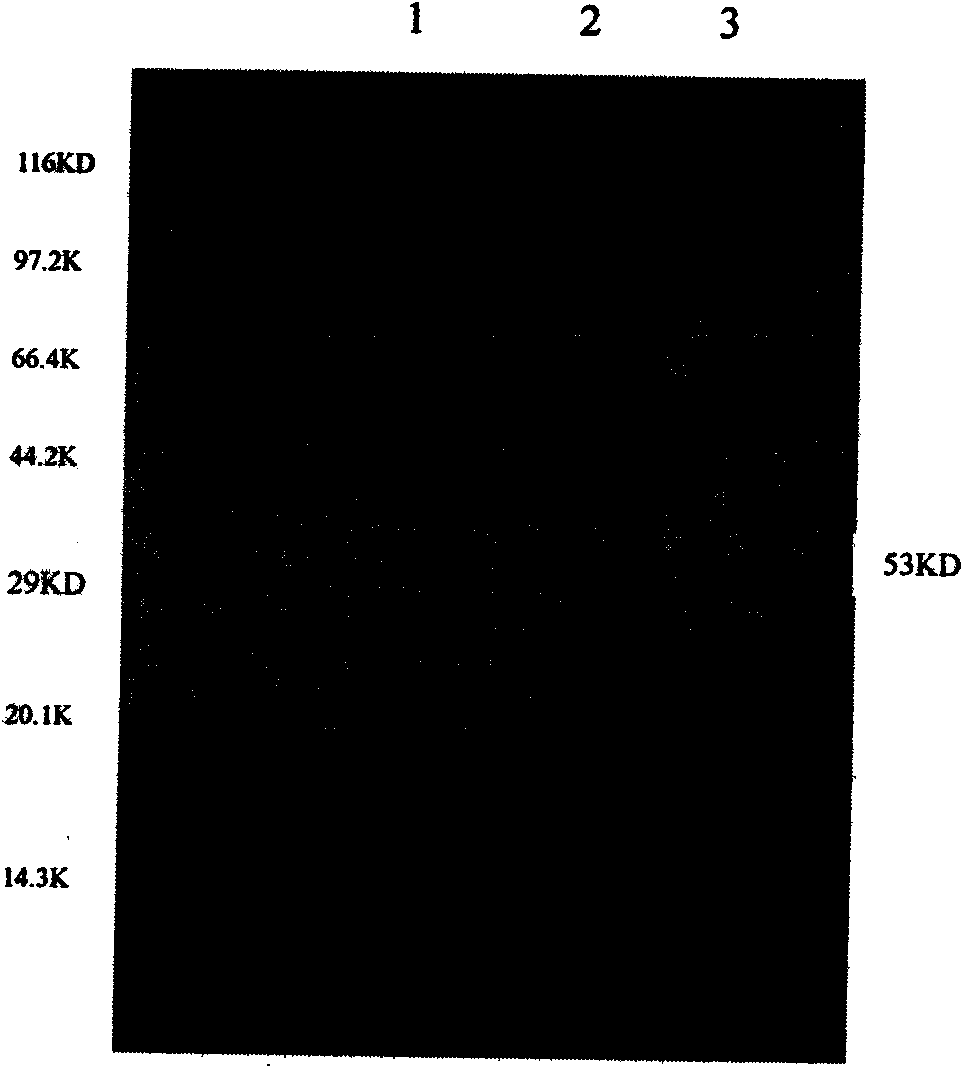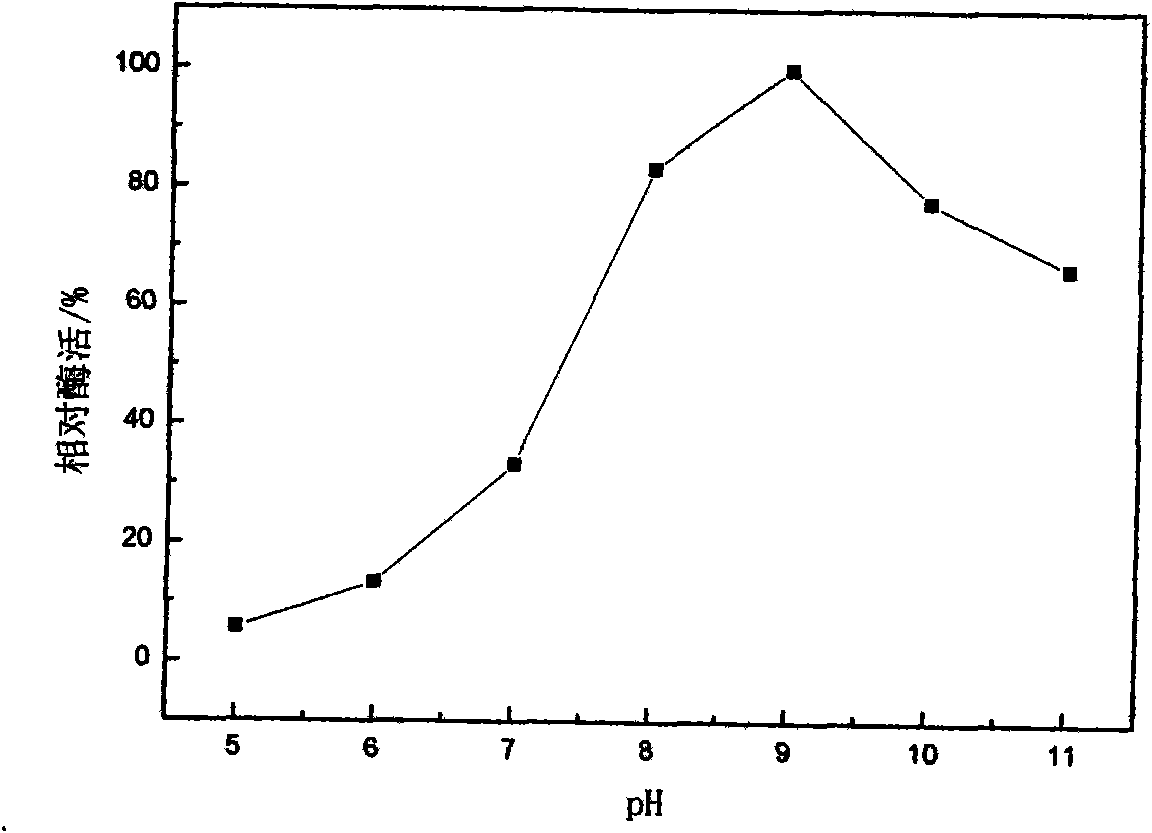Acinetobacter johnsonii LP28 and method for preparing low-temperature alkali lipase by using acinetobacter johnsonii
A technology of Acinetobacter johnsoni and lipase, applied in the biological field, can solve the problems of application limitations, low enzymolysis temperature, performance and no sound technical system suitable for industrial production methods, etc., and achieve thermal stability and alkali resistance Good effect with a wide range of raw material sources
- Summary
- Abstract
- Description
- Claims
- Application Information
AI Technical Summary
Problems solved by technology
Method used
Image
Examples
Embodiment Construction
[0033]Below in conjunction with the examples, the present invention is further described, the following examples are illustrative, not limiting, and the protection scope of the present invention cannot be limited by the following examples.
[0034] 1. Isolation of Acinetobacter johnsonii LP28 strain
[0035] The present invention obtains a batch of lipase-producing microbial strains by using soybean oil as a carbon source, cultivating, separating and screening microbial strains on oil-contaminated soil samples in the saline-alkali land of Bohai Bay, and isolates a low-temperature Alkaline lipase-producing strain, coded as LP28, has excellent characteristics of producing low-temperature alkaline lipase. The 16S rDNA sequence of LP28 was compared with the homologous sequence in Genebank, and the homology between the 16S rDNA sequence of LP28 and DQ257426 was as high as 100%, so it was identified as Acinetobacter johnsonii. The strain has been preserved in the General Microorgan...
PUM
| Property | Measurement | Unit |
|---|---|---|
| molecular weight | aaaaa | aaaaa |
Abstract
Description
Claims
Application Information
 Login to View More
Login to View More - R&D
- Intellectual Property
- Life Sciences
- Materials
- Tech Scout
- Unparalleled Data Quality
- Higher Quality Content
- 60% Fewer Hallucinations
Browse by: Latest US Patents, China's latest patents, Technical Efficacy Thesaurus, Application Domain, Technology Topic, Popular Technical Reports.
© 2025 PatSnap. All rights reserved.Legal|Privacy policy|Modern Slavery Act Transparency Statement|Sitemap|About US| Contact US: help@patsnap.com



